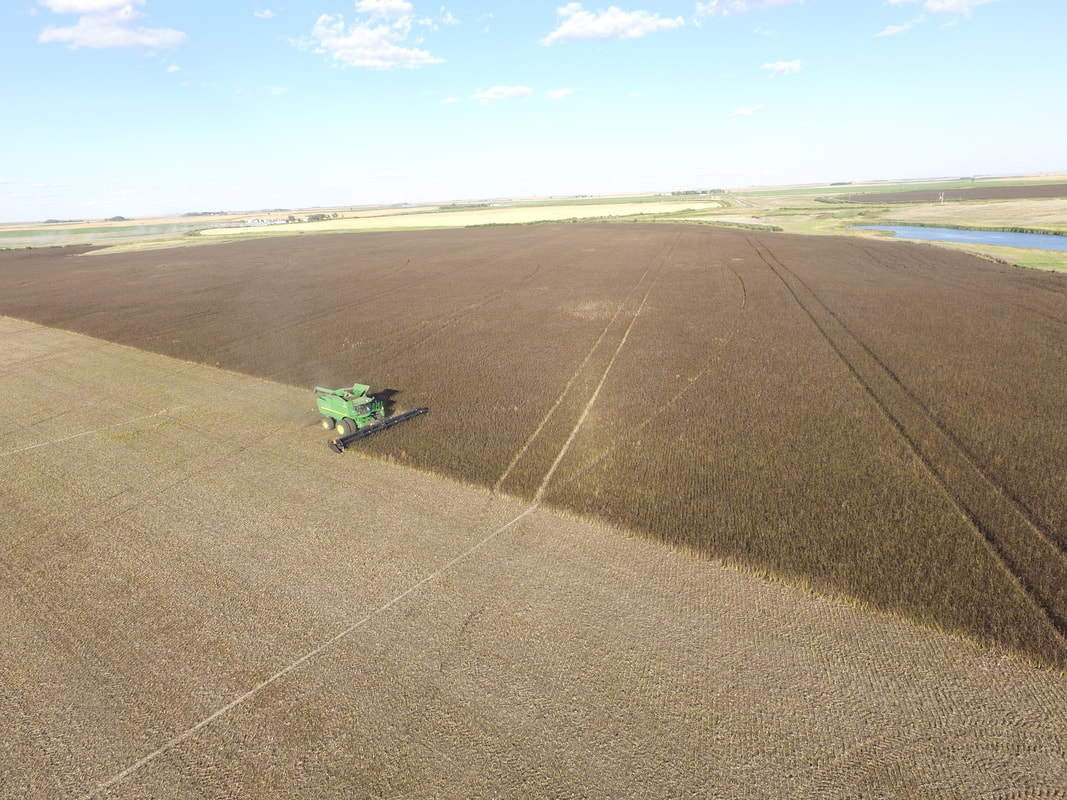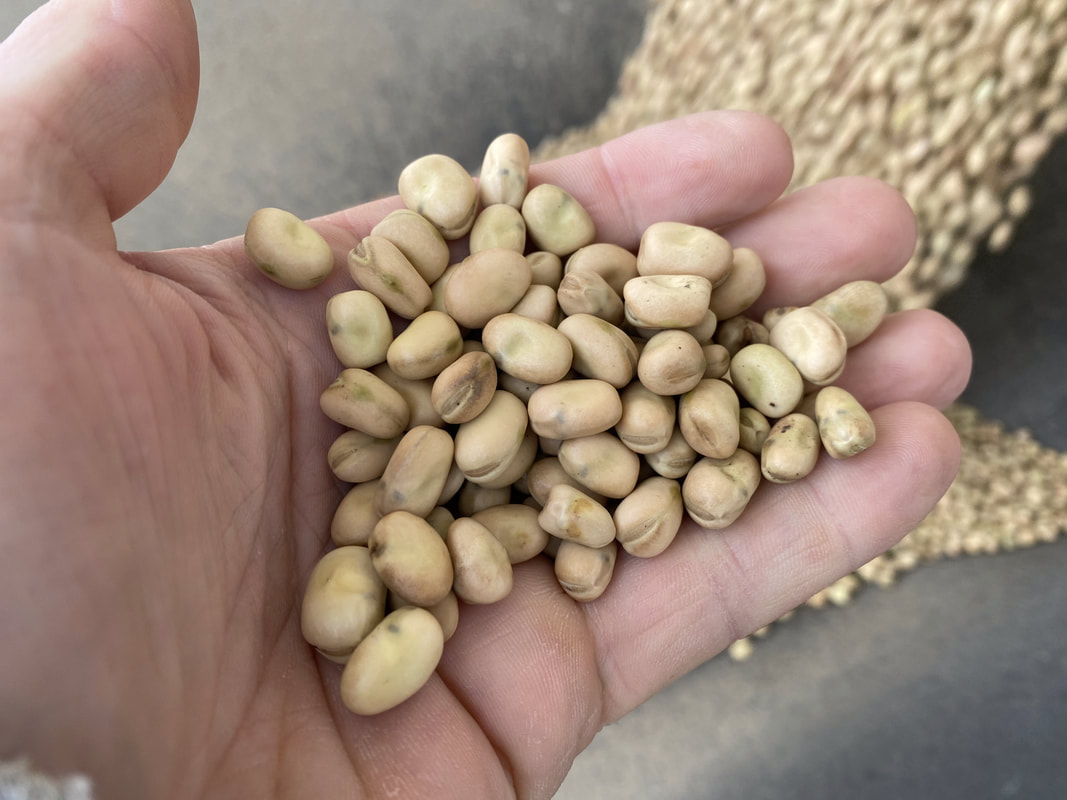- Home
-
Pedigreed Seed
- Hybrid Fall Rye >
- Winter Triticale >
- Winter Wheat >
- Durum Wheat >
-
Spring Wheat
>
- Spring Triticale >
-
Barley
>
-
Feed Barley
>
- 2 Row Feed - Esma
- 2 Row Feed - Sirish
- 2 Row Smooth Awn Feed & Forage - Renegade
- 2 Row Feed - Durango
- 2 Row Feed - Austenson
- 2 Row Feed - AB Hague
- 2 row feed Canmore Barley
- 6 Row Feed - AB Tofield Feed & Forage Barley
- 6 Row Feed - AB Cattlelac Feed & Forage Barley
- 6 Row Feed - AB Advantage Feed & Forage Barley
-
Malt Barley
>
- Malt - Bill Coors 100 Malt Barley
- AB Dram 2 Row Malt & Distilling
- Malt - Fraser Malt Barley
- Malt - Churchill Malt Barley
- Malt - Connect Malt Barley
- Malt - Synergy Malt Barley
- Malt AB BrewNet 2 Row
- Malt - Copeland Malt Barley
- Malt - Metcalfe Malt Barley
- Malt - Bow Malt Barley
- Coming Soon 2 Row Malt & Distilling
-
Feed Barley
>
- Oat >
- Flax >
- Pea >
- Lentil >
- Faba Bean >
- Kabuli Chickpea - Palmer
- Mustard >
- Canola
- Corn
- Cover Crops Links >
- Forages >
- Soybean
- MS Schippers Foaming Wash
- Trials
- Events
- Seed Treating
- Seed Cleaning
- Contact
- About Us
- Jobs
- Blog
|
Some customers seem to have rougher looking stands of fall crops this spring vs normal. The worst fields seem to be the ones seeded late August. Normally that is not the case as we have had our best crops seeded Aug 25th, but I think because of the warm October, fall crops grew much bigger than normal. It seems like the 3-4-5 leaf stage going into winter was the best this past season. You want to see new white roots and a little bit of green when you cut into the crown to show that there is still life. One field I looked at had a lot of background nitrogen and it grew a lot last fall and was seeded early, another the rows where the combine had dropped straw was much slower or hurt more and Balir also noted the soil was cooler. Another field had been seeded early August, and grazed in the fall and spring and most areas looked good, but it looks like some snow iced over during a melt and hurt some areas on sidehills and of course the low spots where water sat too long.
0 Comments
Some research has shown that stand density can impact solid stem expression and pith density in wheat stems. In hollow stem cultivars higher yields and possibly thicker pith levels in stems can be achieved even in Southern Alberta dryland. You may be able to experiment up to 40 plants per square foot targets when normally we are at 25-30 plants per square foot. Although this does seem high to me, possibly trying a few passes at that rate may show less sawfly problems. Details here: https://acsess.onlinelibrary.wiley.com/doi/full/10.2134/agronj2011.0187 or PDF:
There are a number of companies interested in the faba bean variety Fabelle and some have a new crop price on them.
Currently feed buyers have been taking them at $13 delivered for feed use so that is a market option as well. On fractionation or flour use - usually pricing is picked up at your yard, so the location of the business is not that important. Make sure to ask what the price is based on (clean grain after cleaning, and how is the clean out paid, how are splits and dockage paid, and movement period) Belle Pulse - Kevin - cell: 306 321 4576 [email protected] Prairie Fava - Hailey - cell: 204 721 4715 [email protected] XPT Grain - Chris - cell: 306 209 7746 [email protected] AGT Foods - Annette - cell: 306 280 5010 [email protected] Rudy Agro - Wes - cell: 306 873 7733 [email protected] Vicki Dutton - cell: 306 441 6699 [email protected] Faba Canada - Brad Goudy - cell: 306 921 5995 [email protected] Fabelle is the top yielding faba bean in the marketplace by about 5%. It is larger vs a Snowbird faba bean and smaller vs a FB 9-4 faba bean. On irrigation, faba beans can be in the 80-90+ bu yield range and in average to good rainfall areas they can be higher yielding vs peas most years. They do like late season rain. They can be seeded very early, but late season frost is a concern (they have a similar growing season to wheat). They are not susceptible to Aphanomyces root rots like peas and lentils are. Faba beans fix nitrogen all season long and can fix 30% more N vs peas. Fabelle is a certified seed use only product so there is no farm saving and a form to sign. Outcrossing on faba beans happens very easily so for purity in the low vicine/con vicine types like Fabelle is important. End users for the human food/protein fractionation market want low vicine/con vicine because there is a risk of favism in a portion of the population and low vicine/con vicine varieties like Fabelle prevent that from being a problem. We also have CDC 219-16 faba bean targeting feed or cover crop use (small seed size) For any seed bookings you can call Blair Balog at 403-634-4349 (calls & text) Office: 403-739-2233 Email: [email protected] LA Grain is launching an attractive new crop yellow pea program for the CDC Lewochkovariety specifically because it is higher protein on dryland acres, please contact them directly for info on their program https://lagrain.ca/ . LA Grain is offering about $14 per buon the first 10 bu per ac on dryland. Please ask them about delivery period, how splits and dockage are paid so you know how it compares to how you normally sell peas.
CDC Lewochko Yellow Pea is a new variety to us this season. It's medium season, smaller seed size, has good cracking resistance and higher protein by 1% vs checks. It seems like a nice CDC Meadow replacement. Other Pea for 2023 AAC Chrome Yellow Pea is still the highest yielding and consistent irrigated pea we have grown. In dry areas a longer season pea like Chrome can suffer when the taps turn off but in areas where an extra shot of rain is possible the Chrome is a winner. AAC Carver Yellow Pea AAC Julius Yellow Pea - available fall of 2024 CDC Forrest Green Pea - making available if needed this season DL Lacross Forage Pea - white flowered Maple Pea can be sourced as needed as it is very end user variety specific For any seed bookings you can call Blair Balog at 403-634-4349 (calls & text) Office: 403-739-2233 Email: [email protected] Luke Wedel with Origin Partners is looking for some acres of hybrid fall rye, ideally on irrigation for new crop contracts. They have AOG contracts and are looking for crop that is currently in the ground.
Cell: 403-499-9819 [email protected] www.originpartners.ca Thinking hybrid fall rye seed for this summer? Take a look for more info https://www.stampseeds.com/hybrid-fall-rye.html This is one of the under rated varieties we sell right now so if you do want to try some let us know.
AAC Hodge VB was the highest yielding HRSW registered with great disease package, the breeder says it has some bacterial blight resistance. It stood like Brandon or Leroy VB and is about 6 cm taller vs Viewfield. It yielded 6% over Viewfield with similar protein in registration data. It is MR for FHB |
AuthorsBlair Balog - Seed Specialist at Stamp Seeds Archives
July 2024
Categories |
||||||
Seed TreatingWe offer a full range of seed treating and inoculant application options:
BASF Seed Treatment Bayer SeedGrowth Syngenta Seed Care |
Contact UsSubscribe to our mailing list!
We send emails about seed varieties, events, and crop production tips. |
Location
- Home
-
Pedigreed Seed
- Hybrid Fall Rye >
- Winter Triticale >
- Winter Wheat >
- Durum Wheat >
-
Spring Wheat
>
- Spring Triticale >
-
Barley
>
-
Feed Barley
>
- 2 Row Feed - Esma
- 2 Row Feed - Sirish
- 2 Row Smooth Awn Feed & Forage - Renegade
- 2 Row Feed - Durango
- 2 Row Feed - Austenson
- 2 Row Feed - AB Hague
- 2 row feed Canmore Barley
- 6 Row Feed - AB Tofield Feed & Forage Barley
- 6 Row Feed - AB Cattlelac Feed & Forage Barley
- 6 Row Feed - AB Advantage Feed & Forage Barley
-
Malt Barley
>
- Malt - Bill Coors 100 Malt Barley
- AB Dram 2 Row Malt & Distilling
- Malt - Fraser Malt Barley
- Malt - Churchill Malt Barley
- Malt - Connect Malt Barley
- Malt - Synergy Malt Barley
- Malt AB BrewNet 2 Row
- Malt - Copeland Malt Barley
- Malt - Metcalfe Malt Barley
- Malt - Bow Malt Barley
- Coming Soon 2 Row Malt & Distilling
-
Feed Barley
>
- Oat >
- Flax >
- Pea >
- Lentil >
- Faba Bean >
- Kabuli Chickpea - Palmer
- Mustard >
- Canola
- Corn
- Cover Crops Links >
- Forages >
- Soybean
- MS Schippers Foaming Wash
- Trials
- Events
- Seed Treating
- Seed Cleaning
- Contact
- About Us
- Jobs
- Blog






 RSS Feed
RSS Feed